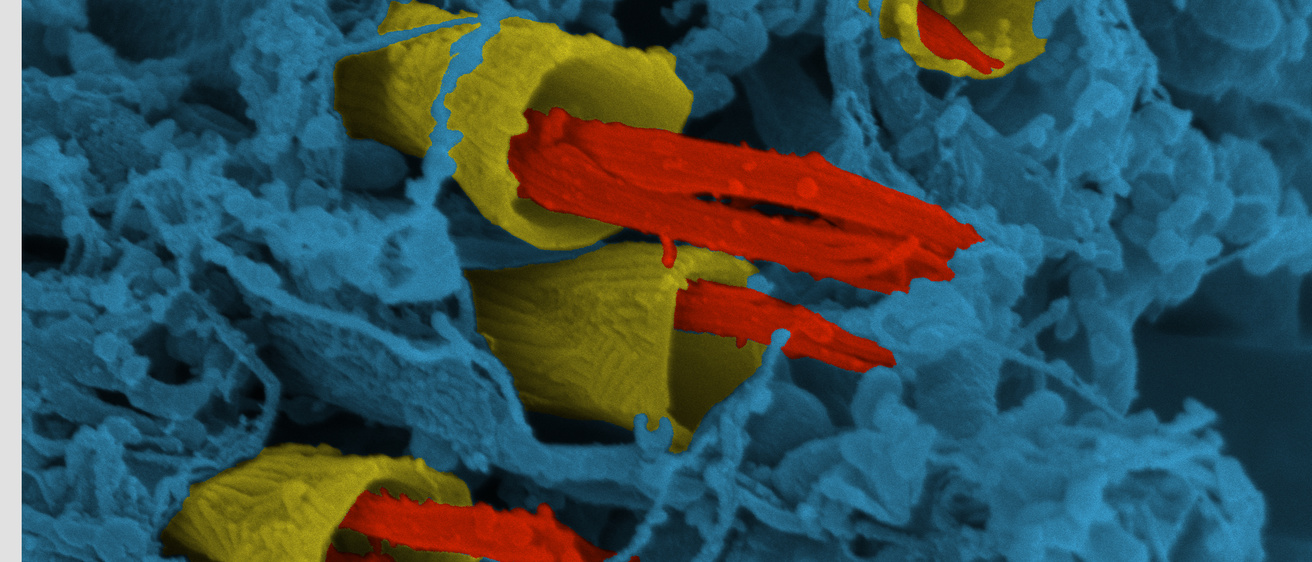Auditory systems allow organisms to capitalize on information from sounds in the environment. We are interested in the molecular and cellular mechanisms of how organisms detect sound, and how they use the information from sounds to direct their behavior.
While we primarily use Drosophila as a model system to examine these processes, we also work on other insects, including mosquitoes and cicadas.
The Drosophila male, when courting a female, extends one wing and vibrates it to sing the "love song." The female and the male both hear the love song with their antennae and respond in a sex-specific manner.
In Drosophila, we can combine genetics with behavioral and electrophysiological methods to dissect hearing mechanisms. We have extensively studies mutant fly lines with impaired response to sound. An emerging principle in insects and mammals called "active hearing" involves the auditory receptors not simply waiting passively for incoming sounds, but rather actively inserting energy into movement of the sound-receiving structures, tuning them for enhanced sensitivity to frequencies important to the organism.
Identifying the protein products of auditory genes and examining their functional roles in hearing will provide new insights into auditory molecular mechanisms, not only in insects, but in humans as well.





